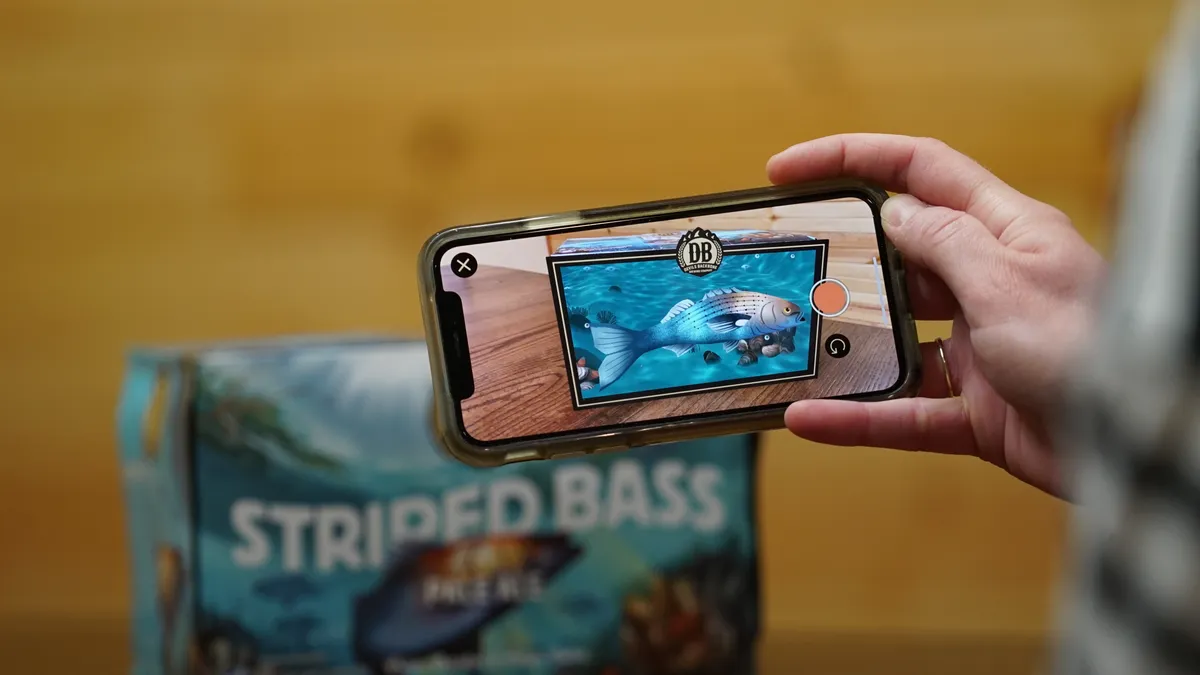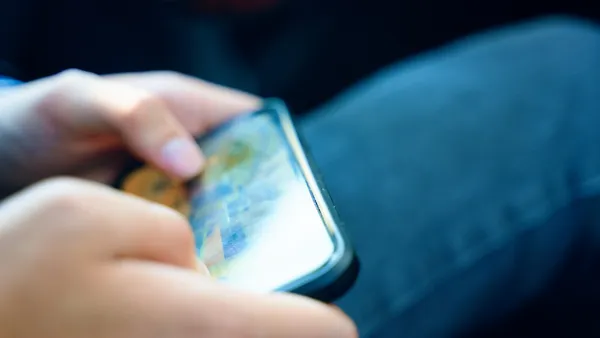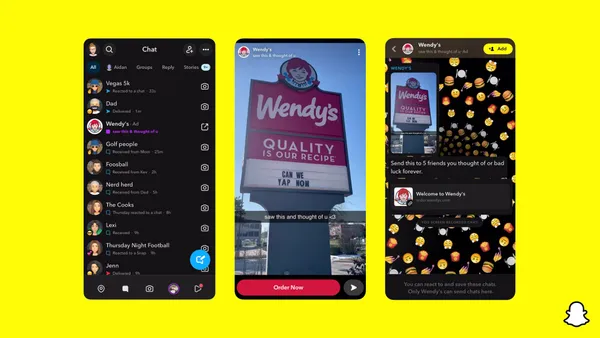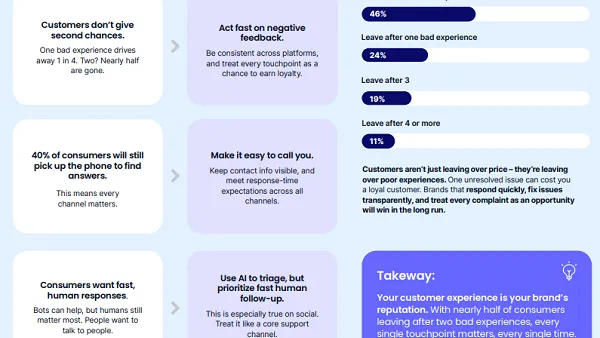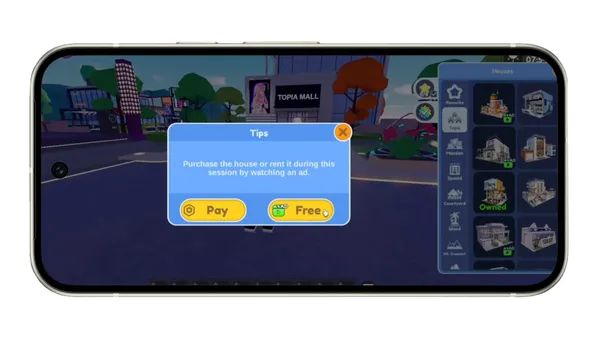Brief:
- Craft brewery Devils Backbone aims to connect with beer lovers with its latest packaging that comes to life on mobile screens in augmented reality (AR), which overlays digital images on the real views of a smartphone camera. Devils Backbone also created an app for Apple and Android devices, per an announcement shared with Mobile Marketer.
- By scanning printed QR codes on its packaging with a cell phone camera, viewers can see animated stories about its Vienna Lager, Golf Leaf Lager and Striped Bass Ale, letting the brewer tell the story of its beer.
- The Vienna Lager features a barn swallow that does bird impressions; the Striped Bass Pale Ale has a soulful bass fish that sings about oyster restoration and clean water in Chesapeake Bay; and Gold Leaf Lager shows an impatient dog whose personality contrasts with the brewer's "Slow by nature" slogan.
Insight:
Devils Backbone aims to tell a brand story in a way that's hard to convey as beer shoppers browse dozens of brands, many with bright packaging but quirky and unfamiliar names. By letting shoppers scan its packaging with a smartphone to activate AR animations, the brewery can provide the equivalent of a TV commercial at a fraction of the cost of media placements. Young adults who are the biggest buyers of craft brews tend to seek brands that are socially conscious and feel more personalized, and Devils Backbone can show its commitment to environment causes like cleaning up pollution in Chesapeake Bay.
The Virginia company is the latest craft brewer to add mobile-based experiences to packaging and collateral materials to reach customers. Black Red Ale last year added bottle labels equipped with Near Field Communication (NFC) technology to interact with smartphones and provide AR facial recognition. Finnegans, a brewer in Minneapolis that gives all profits to charity, last year created a mobile app to run an AR "TV takeover" commercial during the Super Bowl. Oskar Blues Brewery in 2017 embedded coasters with NFC technology that activated a behind-the-scenes video showing more information about the company's beer.
The surging number of U.S. craft brewers in the past 10 years has meant that many fledgling brands vie for shelf space and recognition among beer drinkers, especially young adults who have shunned mass-marketed suds. The number of U.S. brewers bottomed out at 90 in 1979, then gradually increased to 1,653 by 2009 and surging to almost 6,400 by 2017, according to the Brewers Association. The explosion in craft breweries has cut into the market share of major brands, but hasn't stopped a steady decline in beer consumption as drinkers favor other alcoholic beverages like wine or whiskey, The Wall Street Journal reported.


